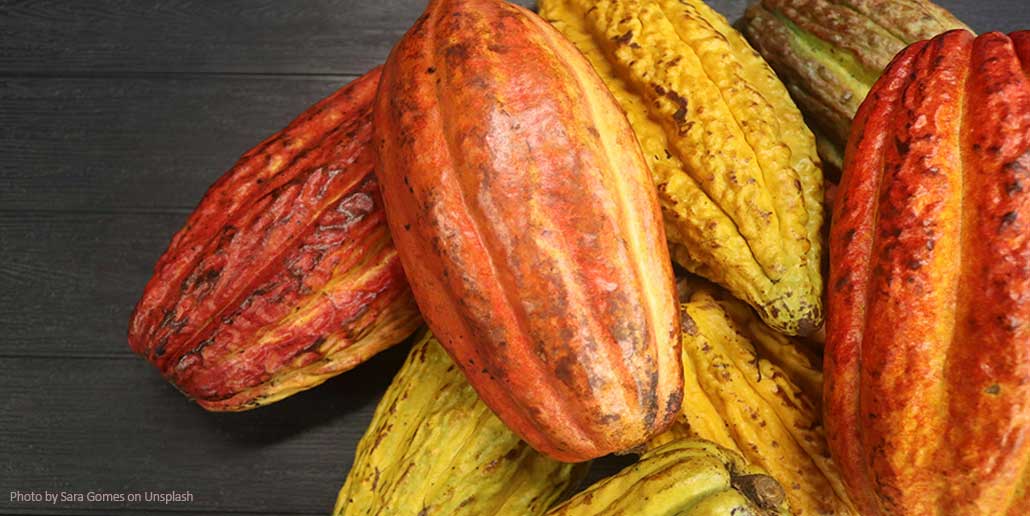
Innovative Techniques to Boost Cocoa Crop Yields
Cocoa farming is the backbone of the global chocolate industry, yet many farmers struggle with low yields due to climate change, pests, and outdated agricultural practices. To address these challenges, researchers and farmers are adopting innovative methods to increase cocoa crop yields. This article explores the latest advancements in cocoa farming, focusing on sustainable and efficient techniques.
1. Improved Breeding Techniques
Selective breeding and genetic research are leading to more resilient cocoa varieties. Scientists are developing high-yield and disease-resistant cocoa plants using traditional breeding and modern biotechnology methods. For example, the Cocoa Research Institute of Ghana (CRIG) has introduced high-yielding clones that mature faster and produce more beans per tree. Additionally, gene editing tools like CRISPR are being explored to enhance traits such as drought resistance.
2. Agroforestry and Shade Management
Agroforestry, the practice of growing cocoa alongside other crops or trees, has been proven to enhance soil fertility and protect cocoa trees from extreme weather. Shade-grown cocoa benefits from reduced temperature stress and better water retention. Studies from the International Institute of Tropical Agriculture (IITA) suggest that integrating nitrogen-fixing plants can improve soil health, leading to higher cocoa crop yields.
3. Precision Farming and Digital Technology
Advancements in precision agriculture are helping cocoa farmers optimize their practices. Remote sensing technology, soil moisture sensors, and drones are being used to monitor crop health and detect early signs of disease. Mobile apps provide real-time data on soil conditions and weather patterns, allowing farmers to make informed decisions and apply fertilizers and pesticides more efficiently.
4. Sustainable Pest and Disease Control
Pests such as cocoa pod borers and diseases like black pod rot significantly impact yields. New biological control methods, including the introduction of natural predators and microbial biofungicides, are reducing the reliance on chemical pesticides. For example, research by the World Cocoa Foundation (WCF) has shown that using Trichoderma fungi can effectively combat black pod disease.
5. Soil Health and Fertilization Innovations
Maintaining soil health is crucial for sustained cocoa production. Farmers are increasingly using organic compost, biochar, and mycorrhizal fungi to enhance soil structure and nutrient availability. Studies indicate that a balanced application of nitrogen, phosphorus, and potassium fertilizers tailored to soil analysis results can increase yields by up to 30%.
6. Water Conservation and Irrigation Techniques
With climate change affecting rainfall patterns, efficient water use is becoming critical. Drip irrigation and rainwater harvesting systems are helping cocoa farmers maintain moisture levels during dry spells. Research from the Cocoa Sustainability Partnership suggests that mulching with cocoa husks can further reduce water evaporation and improve root health.
The future of cocoa farming depends on adopting innovative, sustainable methods to increase yields while preserving the environment. Through improved breeding, agroforestry, precision farming, and sustainable pest control, cocoa farmers can achieve better productivity and secure their livelihoods. By embracing these advancements, the global chocolate industry can ensure a stable and high-quality supply of cocoa for years to come.

